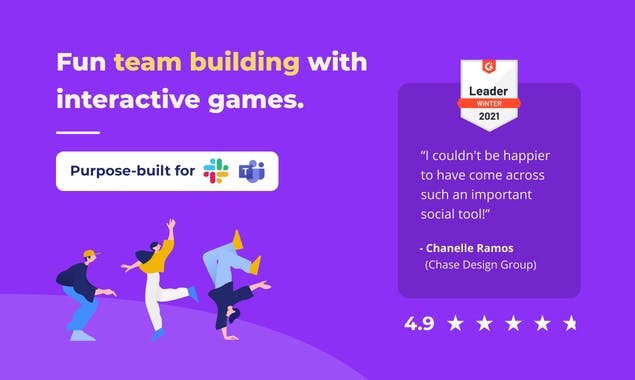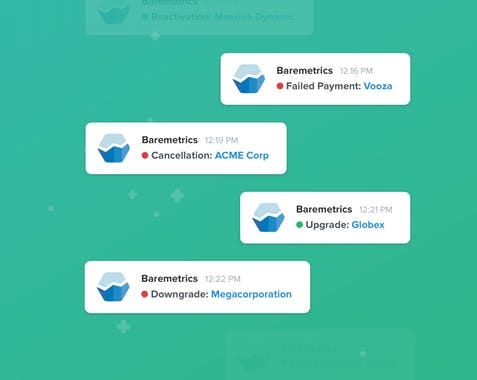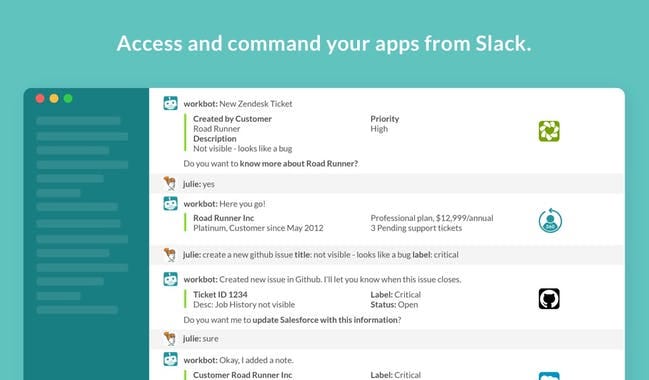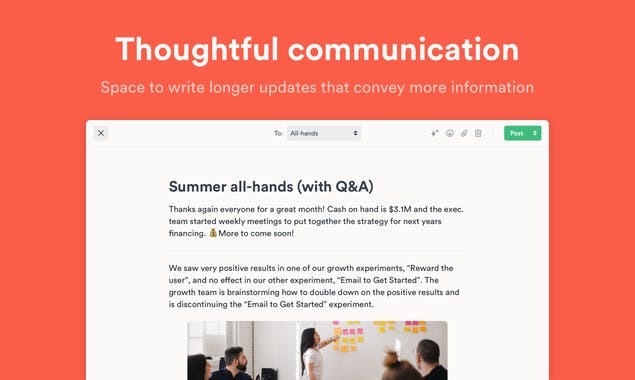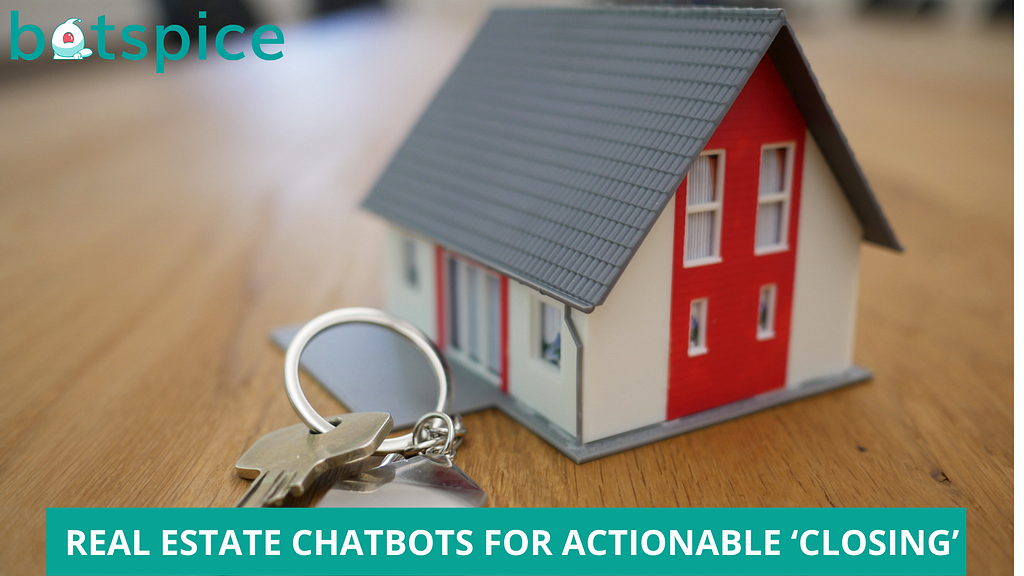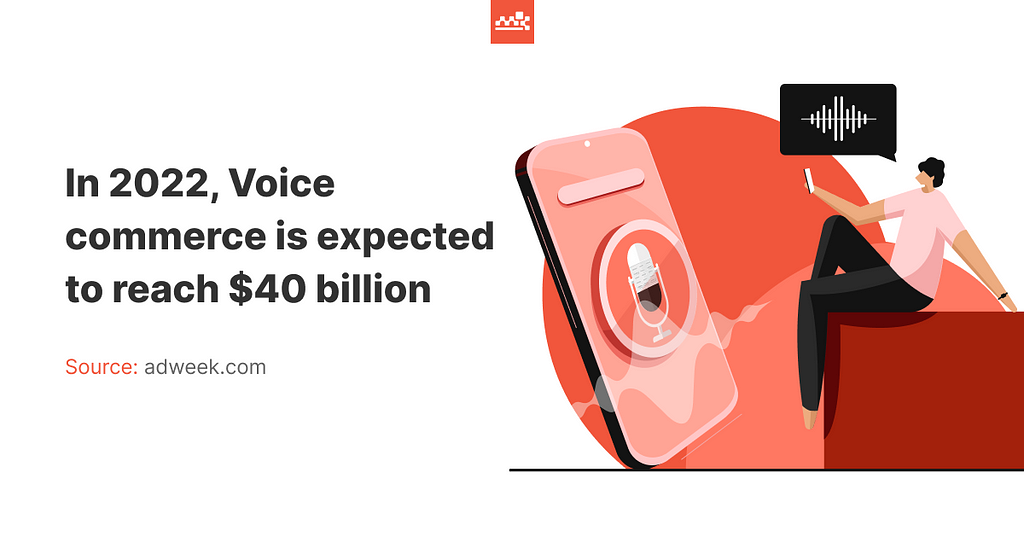
Amazon’s Alexa, Apple’s Siri, Microsoft’s Cortana, and Samsung’s Bixby may be the flag bearers of voice assistants (VAs) but the technology itself is no longer limited to megacorporations. Instead, it is finding its way to numerous enterprise-level applications. This new wave of adoption is evident in recent statistics too:
- Global Banking and Finance Review reported that 88 percent of global business leaders think that voice assistant technology has the potential of growing their businesses.
- On the consumer side, a survey from Google reported that 72 percent of Google Pixel’s users use the phone’s AI voice assistant daily.
Additionally,52 percent of those consumers expressed that they would like to receive information about various products and brands via voice assistants. - Artificial intelligence (AI) and machine learning have breathed a new life into VAs and are now reshaping consumer behavior trends, which opens up a plethora of opportunities for businesses to capitalize on. Not surprisingly, they have.
In this article, we’re taking a look at some of the popular use cases for voice assistants for businesses as well as the benefits driving these implementations.
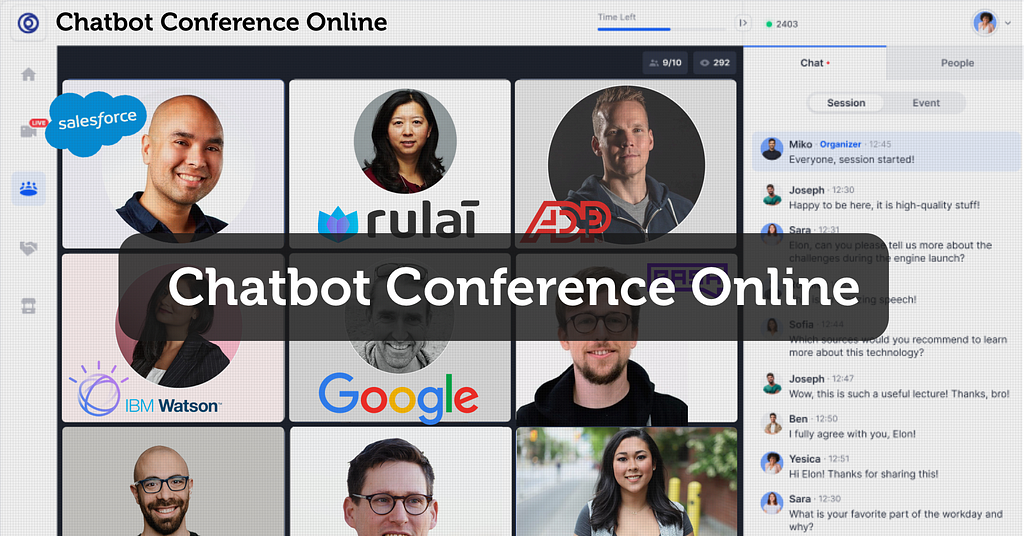
Why Are Businesses Investing in Voice Assistants (VAs)?
Voice assistants typically found on mobile devices like Siri and Google Assistant are examples of Voice User Interfaces (VUIs). Although VUIs have existed as early as the 1950s, greater technological challenges meant that modes of communication like typing took precedence in most business implementations.
However, most of those technological barriers have been overcome and VUIs of today offer many important advantages over their counterparts, like:
1.Speed
As accustomed as some of us have become to typing, speaking (or dictating messages) is still a much faster way of communicating. A study showed that even expert typists were not faster than modern VUIs at taking down messages.
2. Hands-free
Another major benefit of using voice assistants is having both hands free. This further expands the possibility of multitasking, especially for employees who often have to stop what they are doing in order to respond to an urgent text message or send a file to a colleague.
But not only can voice assistants improve productivity in and around the workplace, but they can also improve safety. In many cases including driving or cooking, being able to communicate through voice instead of typing is both more practical and safer.
3. Easy-of-use
Speaking is natural, more so than typing even in 2021. This becomes especially important when the technology is consumer-facing. For instance, a parking lot’s automated toll booth or an iPad taking customer feedback are both far more intuitive when they are designed to both understand the user’s verbal commands and provide assistance. Not to mention, VUIs began their comeback only recently so the technology is still a novelty that many customers would enjoy.
4. Intonation
Text messages often lack factors that convey emotion, often leading to ambiguity and even miscommunication. Voice assistants, on the other hand, are designed with the tone, volume, intonation, and rate of speech in mind to convey a greater range of emotions.
5. Screenless Devices
Finally, with wearable tech with displays like smartwatches and IoTs like smart speakers, voice is the only way of interacting effectively. This is both an incentive to invest in VUIs as IoTs will become more commonplace and also a benefit of already pursuing this technology.
Trending Bot Articles:
2. Automated vs Live Chats: What will the Future of Customer Service Look Like?
4. Chatbot Vs. Intelligent Virtual Assistant — What’s the difference & Why Care?
How Businesses Are Using Voice Assistants or VUIs in 2021
The ability to speak and get things done has virtually unlimited use cases but the following five use cases explore the most popular implementations of voice assistants or (VUIs in general):
Embeddable Voice Assistant Technology for Chatbots
Text-based chatbots have become very commonplace, especially in retail, eCommerce, and banking applications. And since improving customer experience is the top priority, many businesses want to add voice recognition capabilities to their existing applications.
Embeddable Voice Assistant is a technology developed by Master of Code that allows existing mobile apps to communicate with Microsoft Azure Bot via Direct Line (or any other bot framework). This brings voice assistant capabilities to existing apps at a fraction of the cost of developing a voice assistant from the ground up.
Consumer Products and Retail
A recent report on voice and text-based assistants found that consumers of the retail industry demonstrated a 15 percent higher future preference of voice assistant technology to chat assistance. There are a few reasons behind this shift, one of the most prominent reason being that many online shoppers need a more efficient alternative to browsing dozens of product pages in modern eCommerce stores. Voice assistants effortlessly direct them to the relevant products through a single voice command.

Voice Payments
The finance industry has been using voice-enabled devices to save time and enhance customer service, which is key in developing business in this industry. For example, Garanti, a Turkish bank, has developed a Mobile Interactive Assistant (MIA). Customers can use MIA to use their mobile banking app through voice commands. The communication isn’t one-way either. The voice assistant can also notify the customer about recent promotions/offers and analyze their usage patterns to create a personalized experience.
This is a big move as it helped dispel some of the security concerns surrounding voice-based chatbots. And as financial bodies continue to embrace voice-based technologies, the adoption rate in the sector will rise.
Business Insider says that the use of voice payments will grow from 8 percent to 31 percent of US adults by 2022.
Another reason why voice payments are emerging as a prominent means of payment is that consumers are driven towards a cashless payment alternative that’s faster and more seamless than tap-n-pay options available today. That said, VA technology still has some ways to go before it becomes mainstream in the banking sector, mostly because of the security challenges it entails.
Improving productivity within the organization
Apart from enhancing the consumer experience, AI-based voice assistant technology offers great potential to increase a company’s productivity levels. Results from a survey indicated that using digital assistants can compensate for up to 6.2 billion work hours. This is not just effective; it offers companies to achieve superhuman levels of productivity and minimize human labor wastages. The Capgemini Research Institute Survey found that enterprises are increasingly relying on increasingly accurate natural-language understanding (NLU) to trigger various automated workflows with voice commands, especially in areas such as document management, customer relations management, and HR.
AI-powered voice assistants are also capable of processing and analyzing extremely large chunks of data. This can be used to automate repetitive tasks or labor-intensive tasks. An interesting implementation of this can be found in numerous HR departments around the world. HR managers rely on voice assistants to evaluate multiple recruitment databases simultaneously and add a conversational medium between the applicant which can be further used for automated screening. Furthermore, VUIs like Darwin give employers an easy to evaluate team performance, view attendance, payrolls, etc.
Collecting feedback and developing strategies
VA bots can gather consumer data about their interests which a human cannot. A company can use this data to understand trends in consumer interests and develop products and marketing strategies accordingly. Currently, voice shopping is valued at $2 billion and is expected to hit a whopping $40 billion by 2022. Therefore, global brands like Johnnie Walker and L’Oreal are partnering with companies like Amazon to make their product information easily accessible through Alexa and other Voice User Interfaces (VUIs).
VUIs have such a large market that companies have started considering voice technology in product design, delivery, and marketing strategies to better connect with their customers.
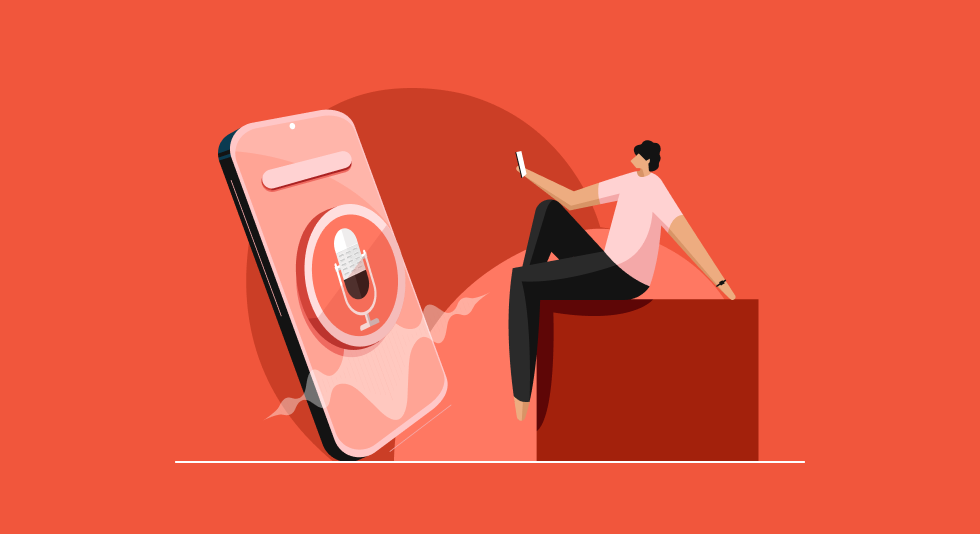
Inclusiveness and Accessibility
Every organization has users with motor and linguistic disabilities that make it difficult for them to use certain types of interfaces — handheld or text-based interface being one of them. And even though nearly one billion in the world experience some form of disability, most computer systems aren’t designed for inclusiveness — in essence creating a barrier for nearly 15% of the population.
Federal legislation like the Americans with Disabilities (ADA) is helping improve the situation but compliance can be very expensive (non-compliance even more so). This is where voice assistants offer a cost-effective solution by providing both verbal and visual aid by not requiring users to read the text on the screen or be able to touch it (type responses back into it). In fact, a peer-reviewed study from 2020 found that users with disabilities could effectively use voice assistants and take control over daily tasks (which would be a great boost for mental health as well).
Voice assistants also ensure that individuals with temporary disabilities like hand fractures can still use their favorite mobile apps.
Advertising and Marketing
The eCommerce global market has increased to a noteworthy $4.28 trillion, a 320 percent increase since 2014. As a result, many businesses have switched to digital marketing to support this shift. Mass marketing, especially out-of-home (OOH) advertising is becoming a less appealing form of marketing for enterprise-level businesses every year. And companies are speaking with their wallets on this because the global print advertising market has plummeted by a compound annual growth rate (CAGR) of — 9.82 percent, dropping down from $39.3 billion in 2019 to $35.44 billion in 2020.

Instead, as consumers begin to spend more time on their smartphones and computers, the most effective way to advertise is shifting in the favor of voice technology. As consumers embrace VAs as a normal part of their life, the way they interact with marketing campaigns is also changing considerably. Forecasts suggest that global marketing efforts will continue focusing heavily on VAs simply. Some of the reasons behind this shift include:
- voice assistants offer personalized recommendations and offer to users making them more effective
- marketing strategies such as upselling and cross-selling can be employed more naturally through voice
- VAs provide direct consumer insights and feedback to marketers.
Where Conversational User Interface Is Headed
Voice assistants are a part of a broader spectrum of Conversational User Interfaces that also include text-based chatbots. The emerging popularity of these conversational user interfaces is the result of a major global shift to make everything conversational — from controlling your home electronics to creating a digital shopping list.
But like all consumer trends, is conversational user interface like VAs and chatbots going to go out of fashion? Perhaps at some point but certainly not for the next few decades. If anything, the technology will only grow as 64 percent of consumers want their AI virtual assistants to be more human-like.
For now, VA technology is changing the business landscape as evident by these voice assistant use cases. From eliminating human redundancies to making business operations more efficient to improving customer engagement, voice technology is being rapidly incorporated across industries all over the world.
Don’t forget to give us your 👏 !


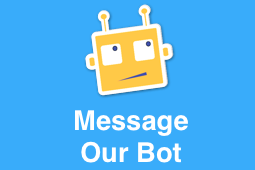
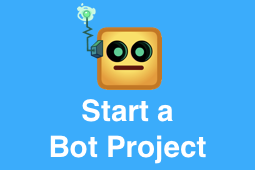
Voice Assistant Use Cases: Business Implementations of VUIs in 2021 was originally published in Chatbots Life on Medium, where people are continuing the conversation by highlighting and responding to this story.
